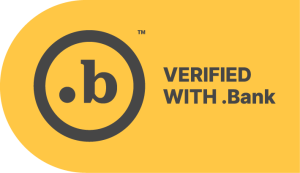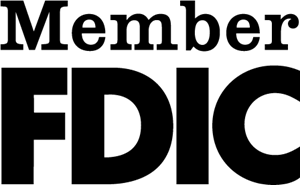At some point, we all start to accumulate important documents and valuable items that need to be kept secure. If you want a safe space to keep invaluable things, you don’t have to install a huge, heavy safe in your home. Instead, you can take these essentials to your local bank to find a secure storage spot, also known as the safe deposit box.
Wondering what these handy secure spaces offered by local financial institutions are all about? Keep reading to learn more about safe deposit boxes and whether you should use one.
What Is a Safe Deposit Box?
A safe deposit box is a small, locked space you can rent from a bank or financial institution. They are typically available at some or all of the bank’s locations and rental fees are collected annually.
The development of the bank safe deposit box we know today has been credited to several individuals, including Francis Jenks. According to one source*, Jenks saw a need for a place to store his valuables while he was away on a trip. After seeing there weren’t any suitable options, he decided to create a business dedicated toward ultra-secure storage for small valuables and essential documents. Thus, the Safe Deposit Company of New York was born.
While the safe deposit box was developed for the urban elites of the late 19th and early 20th centuries, it continued to grow in popularity and accessibility. Today, many local banks offer a safe deposit box service.
The physical features of these lockers include:
- Fire-resistant metal
- Multi-key access
- Located inside a vault or other high-security room
Outside of the physical features of a safe deposit box, many financial institutions have policies that require the lessor of the space to be present to access the space. Others may require you to fill out an access request form to open your safe deposit box.
Regardless of your financial institution’s specific policies, the important thing is that access is secure, and your documents are less likely to get lost, be destroyed by natural disasters or get stolen. However, it’s essential to note that while items are generally safer in a safe deposit box than in your home, they are not insured by the FDIC or your bank like your financial accounts. It’s important to talk with a representative at your local bank to get a full list of the bank’s safe deposit box features and to ask about insuring the items you will store.
What Are Safe Deposit Boxes Used For? Top Uses
- Small valuables and family heirlooms – According to one survey, almost half of Americans possess a family heirloom over 50 years old. If a grandparent or other relative has passed down to you a piece of jewelry, like a ring, necklace or watch, that you don’t wear often and want to keep secure, a safe deposit box is an excellent option. It’s important to remember that most safe deposit boxes work for small treasures only and max out at 10 x 10 x 24 inches.
- Irreplaceable financial and business documents – A safe deposit box is perfect for any essential documents related to your business or other investments that you need to protect.
- Essential personal records – Deeds, birth certificates, wills and/or physical copies of digital documents (i.e., those kept on CDs or flash drives) that you don’t need immediate access to on a regular basis can be kept secure in a safe deposit box. Many people keep a digital video of their home’s contents in their safe deposit box for insurance purposes in case their home is damaged by a fire or other natural disaster.
Start Storing: Open a Safe Deposit Box at Your Local Bank Today!
If you need a safe spot for your important documents and small valuables, check out the safe deposit box options from Community Point Bank.
Are you looking for a new bank? Browse our list of personal banking services or visit our contact page to see how you can get in touch with a knowledgeable member of our team today.




